It has been over a 100 years since the discovery that ultraviolet light kills germs. This discovery has led to the use of ultraviolet lights for all kinds of uses: sterilizing hospitals, sterilizing water, germicidal lamps in food establishments, and even curing nail polish faster. It was only natural then that a bright inventor would figure out that UV light can be applied to improving indoor air quality for residential HVAC systems. Let’s go over the technology of UV lights for indoor air quality and the types of UV lights available for residential HVAC systems.
Can UV Lights Really Help My Air Quality?
The UV light can help eliminate many types of fungi, bacteria, germs, viruses and pathogens. Usually, the UV lights are installed within the air handler, which remains turned on 24/7. The HVAC UV lights are effective at controlling mold inside the air handler, as all mold in line-of-sight of the UV bulb will be killed, keeping the coil mold-free.
Several factors will affect the effectiveness of the UV lights installed in your AC system, such as the intensity, number, placement and direction of UV lamps. The surrounding temperature and humidity levels of your home and the reflectivity of surrounding surfaces will also have an impact.
Two studies point to the effectiveness of UV light in killing mold and bacteria, one in hospitals and the other in a commercial HVAC system. In 2012, researchers at Duke University Medical Center used ultraviolet radiation (UV-C) to nearly eliminate drug-resistant bacteria in 50 hospital rooms, reducing the number of bacteria by more than 97%. In 1996, an NCBI study installed UV lights on certain floors (and not on others) of an office building for four months to measure and compare the fungal levels of each floor. It found that “the fungal levels following UV operation were significantly lower than the levels in control AHUs (air handler units).”
How Do UV Lights Help?
Fungal contamination in HVAC units is a widespread issue that shouldn’t be ignored as it often contributes to building-related diseases, like infectious diseases, allergic rhinitis, asthma and hypersensitivity pneumonitis, according to the National Center for Biotechnology Information.
Ultraviolet light helps kill a variety of harmful bacteria and mold, but most UV lights have no action on some other allergens or dust. UV systems should prevent the organic build up on the surfaces of your HVAC system’s coils, and in your ducts. An additional benefit of UV lights is that they improve airflow and the energy efficiency of your HVAC system, as well as eliminating the need for regular duct cleaning.
Ultraviolet (UV) lights for air purification are more important for folks who reside in humid areas prone to mold growth or for those with severe health issues. You might argue that filters are sufficient for you, but the best HVAC UV lights do a better job at disinfecting and sterilizing the air in your home.
Types of UV Lights for Your Air System
There are two types of UV lights for HVAC systems, Coil Sterilization and Air Sterilization.
In Coil Sterilization, a “stick type” light is installed inside the return air duct and sterilizes the air handler coil. A coil sterilization UV light runs 24/7 and is the most common type of HVAC UV light. It is also the most reasonably priced.
In Air Sterilization, a complete UV light unit is installed that sterilizes moving air. The UV light unit is installed in the return air duct and cycles on with the air handler blower.
Installation, Longevity and Cost
Placement of the lighting system is important for high effectiveness. The UVC purification lights must be mounted next to the evaporator (cooling) coil and on the downstream (cold air side) of the coil. The UV rays must shine both on the air conditioner cooling coil and on the water drain pan underneath the coil (if installed) because this is the main area where mold spores grow.
If the UV lamps are mounted elsewhere, then slime, algae, bacteria, and mold can grow on the cooling coil, drain pan, and even the blower and ductwork. As a consequence, these organisms will contaminate the air that you’re breathing, throughout your living space.
The negatives of a UV filtration system are that it can sometimes be costly as it is a newer form of air purification. Depending on your area and the available models nearby, you should be able to find a system that meets your budget while still maintaining air quality needs.
Functionally, UV systems are designed to work with a particle filter rather than as a stand-alone item, so regular filter replacement or cleaning is still required.
In addition, the UV bulbs will need to be replaced every 12 to 24 months, depending on the model. One UV stick light bulb is estimated to last 9000 hours, just over 1 year. Replacement bulbs cost about $70 and replacing the bulb during each annual HVAC service and maintenance is nearly effortless.
For just under $100 per year including electricity and tube replacements, you can have your UV lights purifying the air.

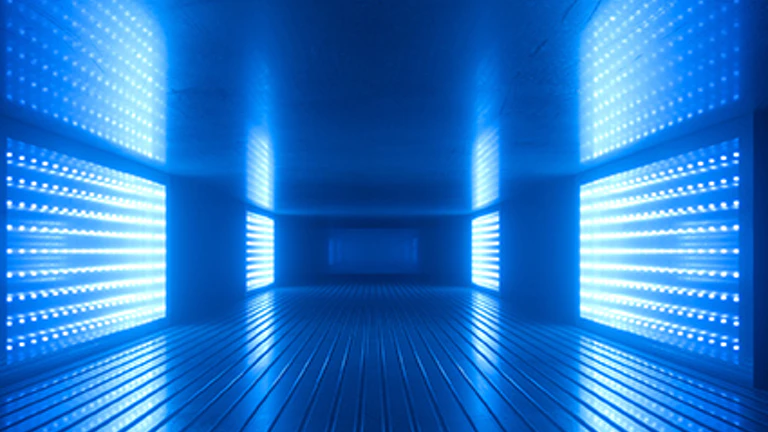
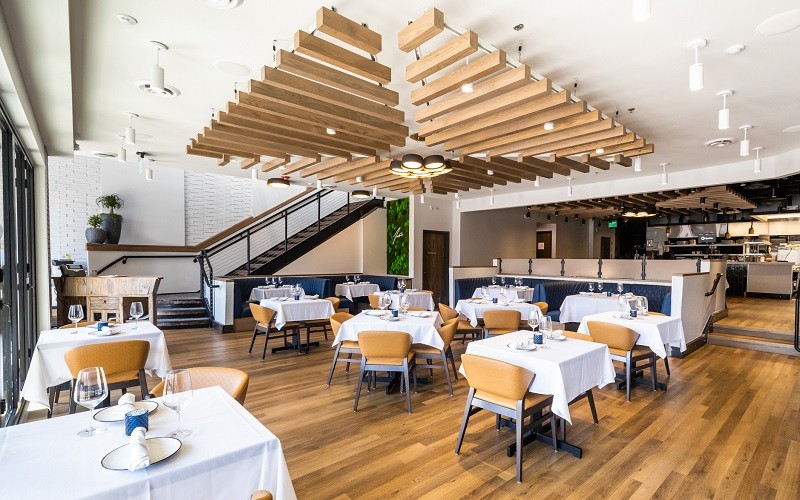
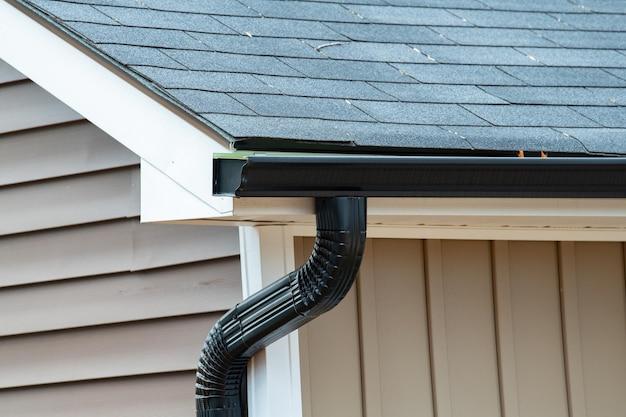
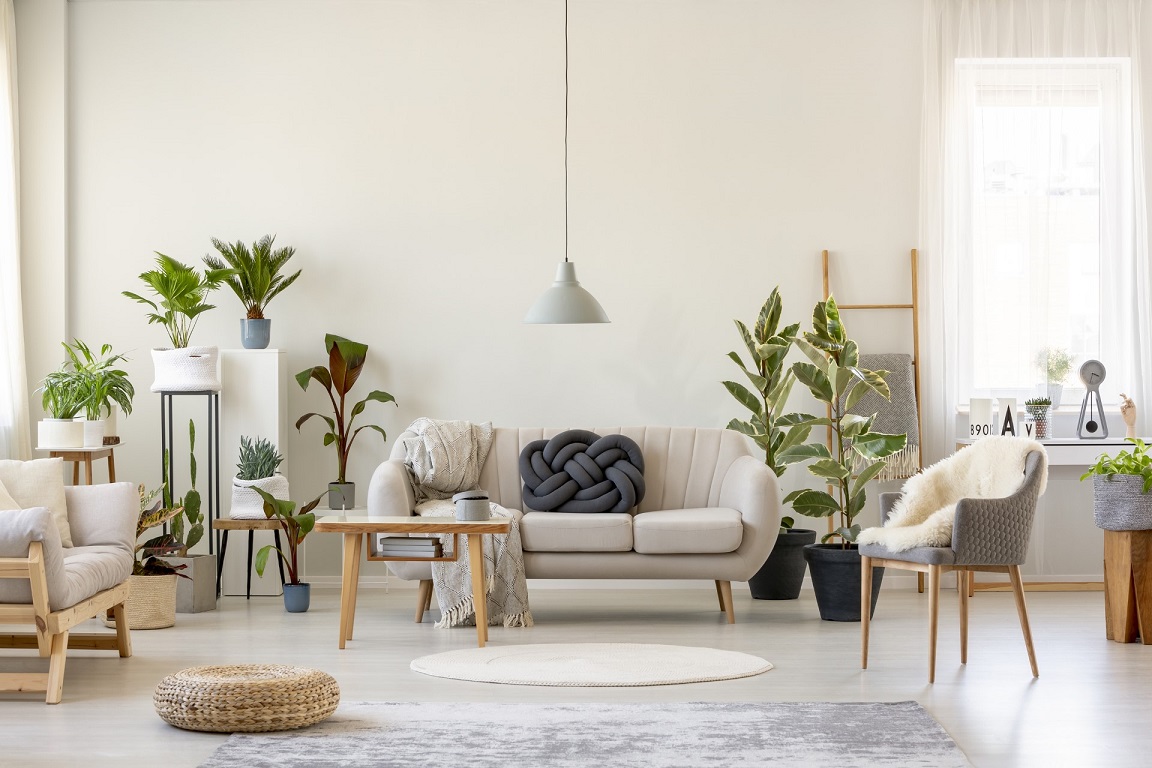

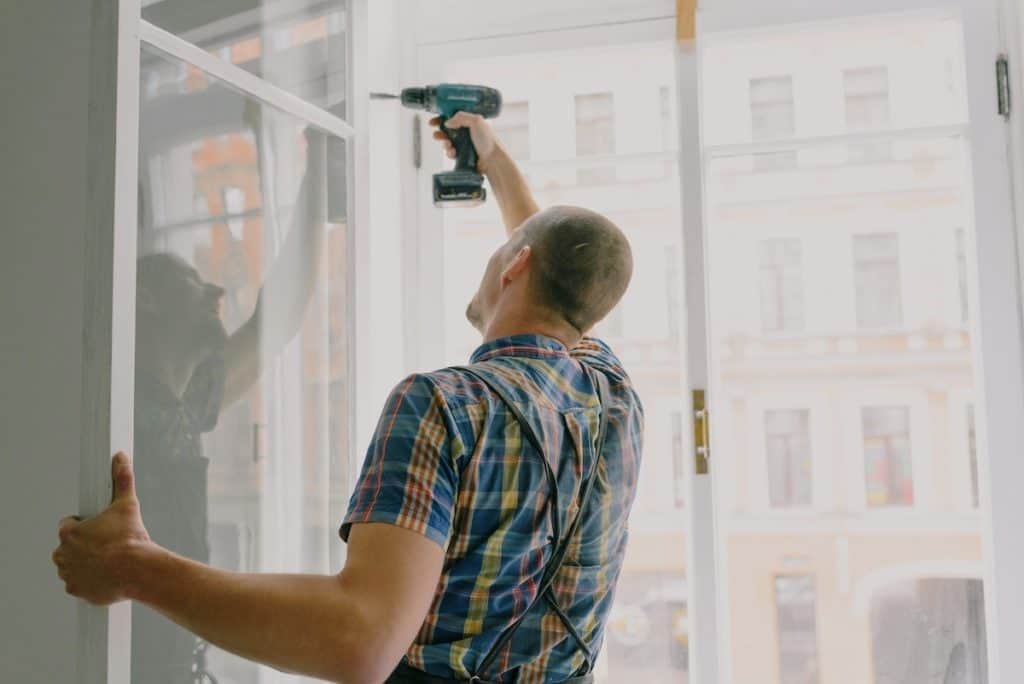
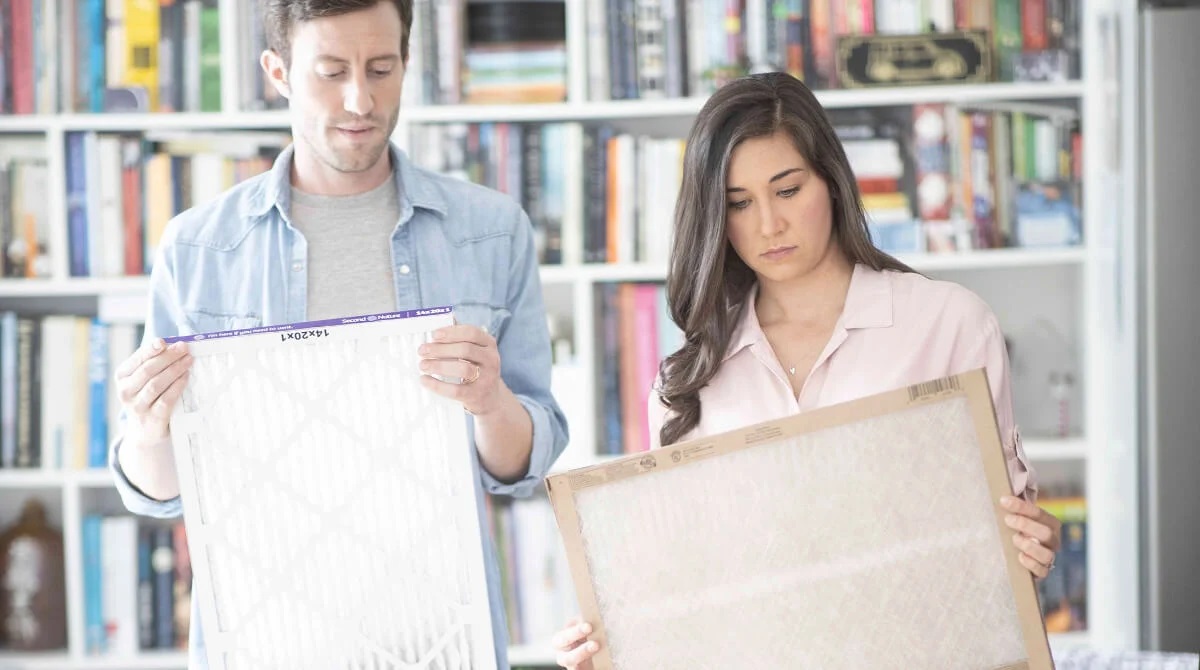
Add Comment